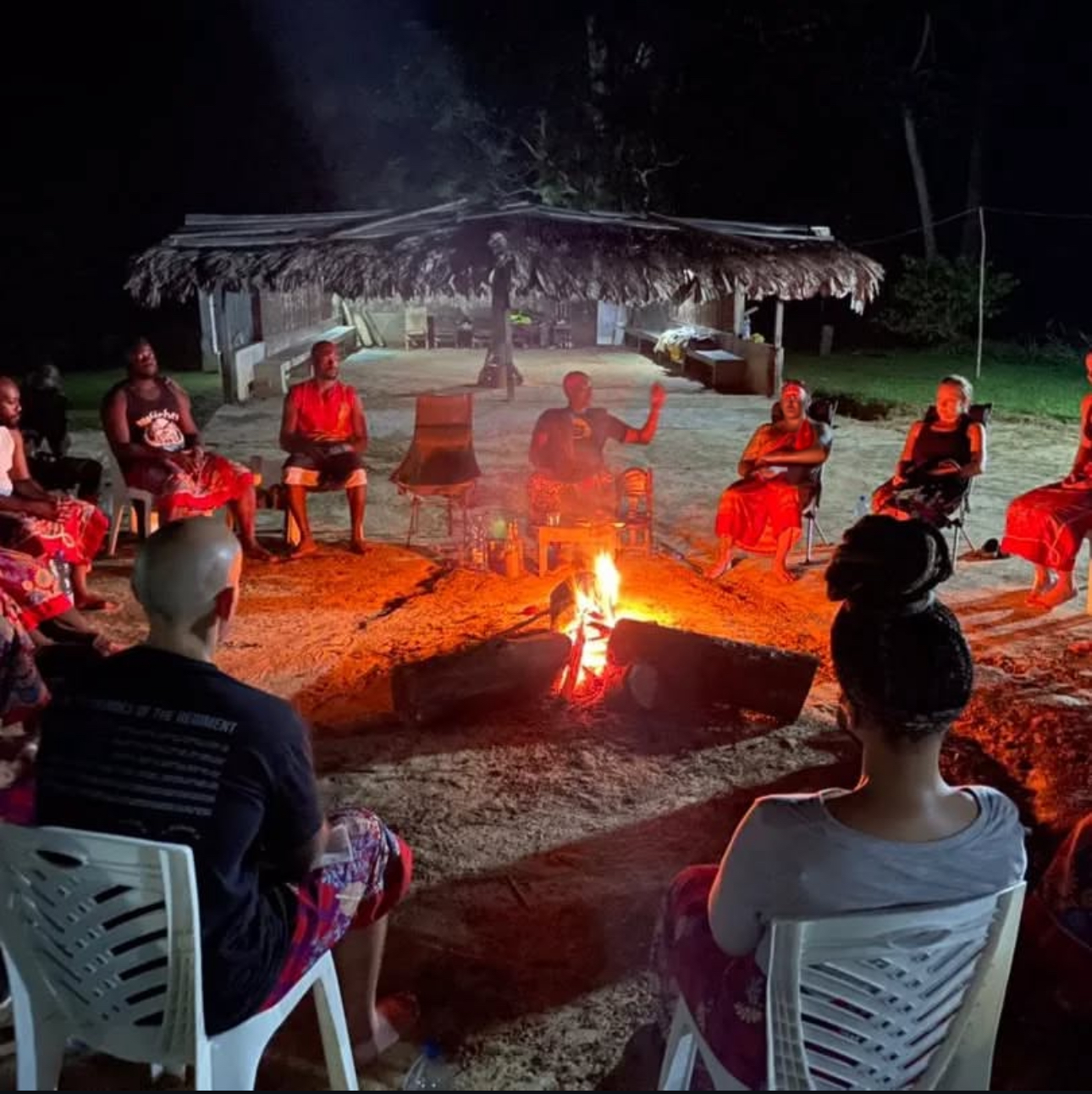The yellowish root or bark of iboga is used in various ceremonies for its psychoactive effects, including hallucinations and spiritual experiences. applications.
Iboga plants grown in Indian / Cameroun laboratories found in settings for the black market can pose significant risks due to the unregulated chemical products used to accelerate their growth.
Unlike their naturally occurring counterparts, which thrive in the unique conditions of the equatorial jungle, these lab-grown plants do not benefit from the balanced ecosystem found in their indigenous environment. The use of artificial enhancers and lack of regulatory oversight can lead to the development of iboga plants with unpredictable potency and safety profiles, making consumption highly dangerous.
For the safest and most authentic experience, iboga requires the wild environment similar to the equatorial jungles of Central Africa, where the natural harmony of the ecosystem supports its growth and potency.
Within the Bwiti tradition, the cultivation of Iboga is more than just preparation—it's a ceremonial journey marked by intricate rituals and songs that culminate in the creation of a sacred medicine.
This meticulous process begins with the careful removal of the outermost layer of root bark, which is then set aside. The inner, second layer is harvested, finely ground into a powder, and stored in large glass vessels for its potent spiritual and medicinal use. In Gabon, it's not uncommon for the Bwiti to also brew tea from the initially discarded root bark, ensuring no part of the sacred plant goes unused.
Beyond Gabon's borders, Iboga is utilized in diverse forms. Iboga TA, or total alkaloid extract, involves a chemical extraction of the root bark's active components. Furthermore, Ibogaine, an isolated alkaloid, undergoes a comprehensive chemical process for extraction, offering another dimension to Iboga's versatile applications.






